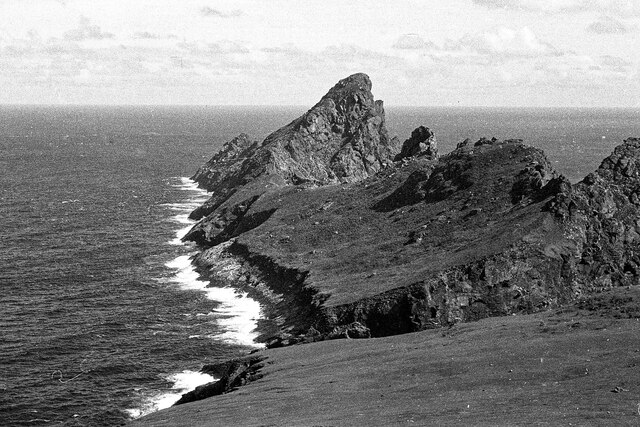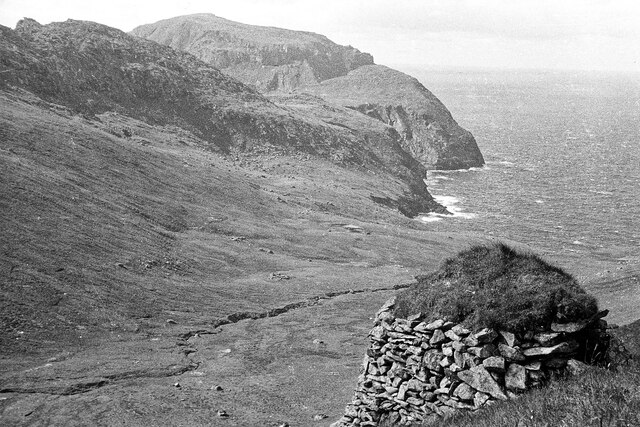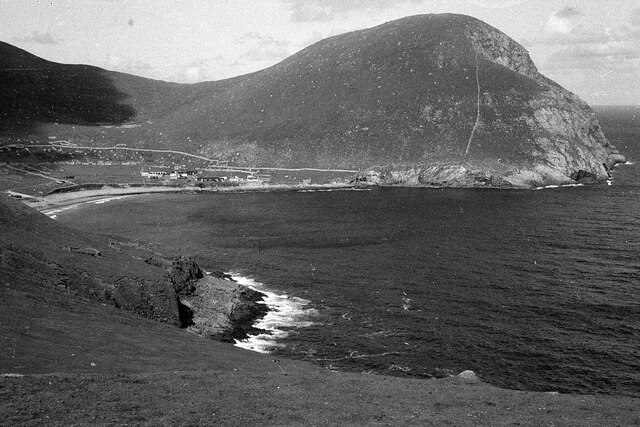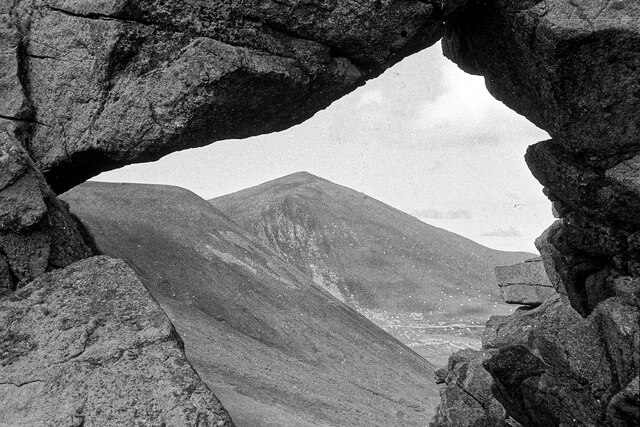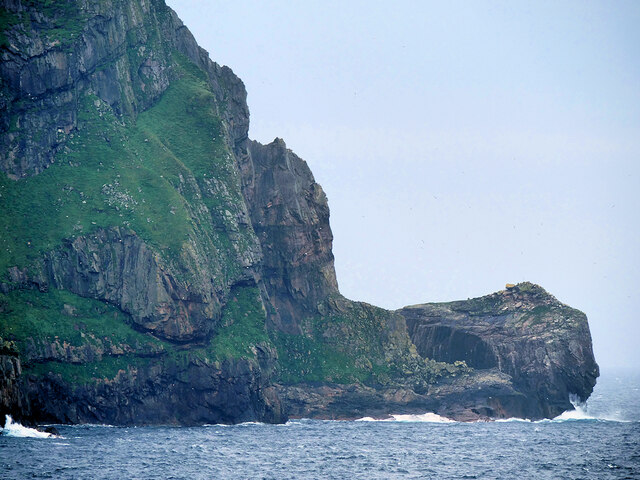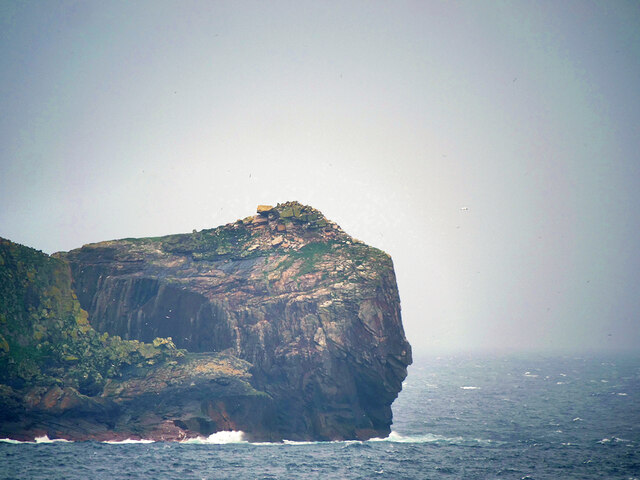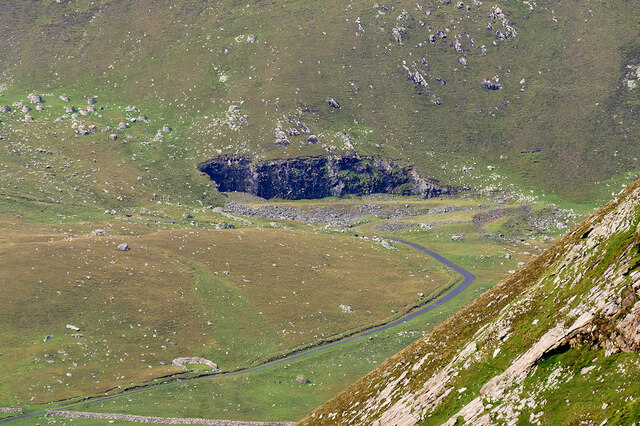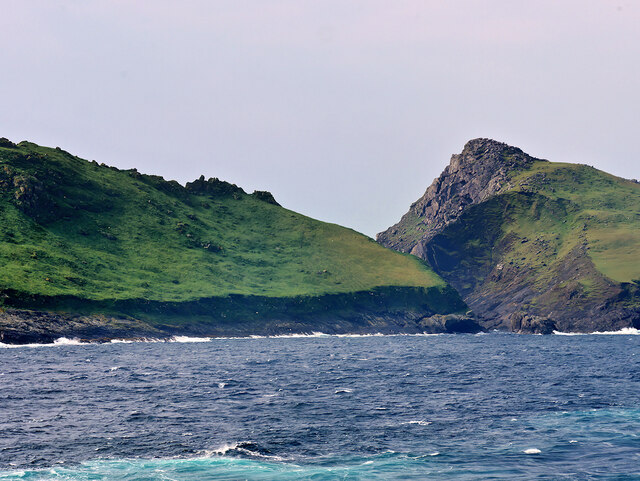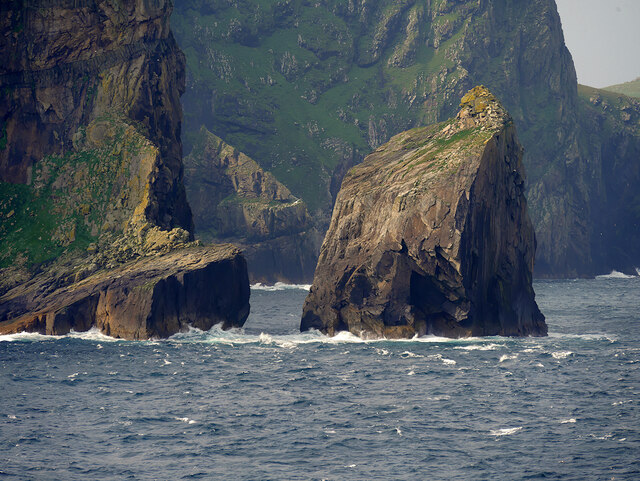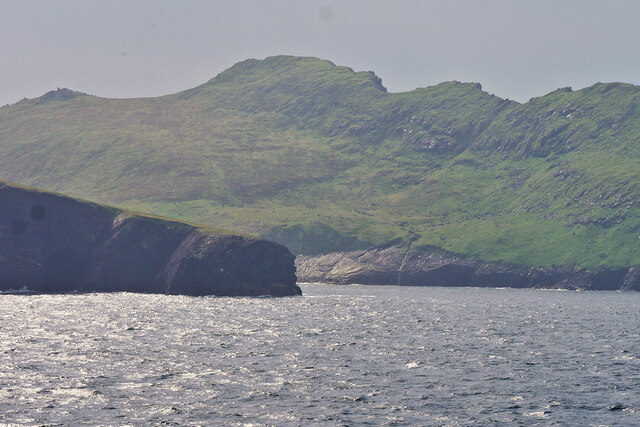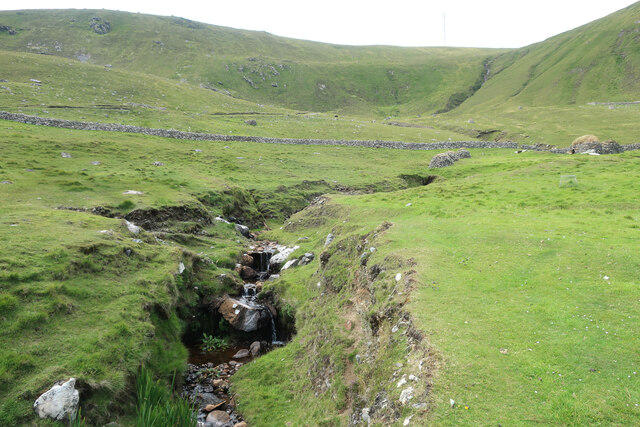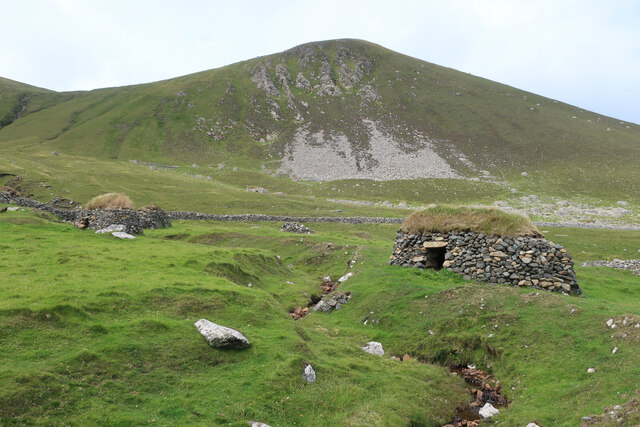Hiort
Island in Inverness-shire
Scotland
Hiort
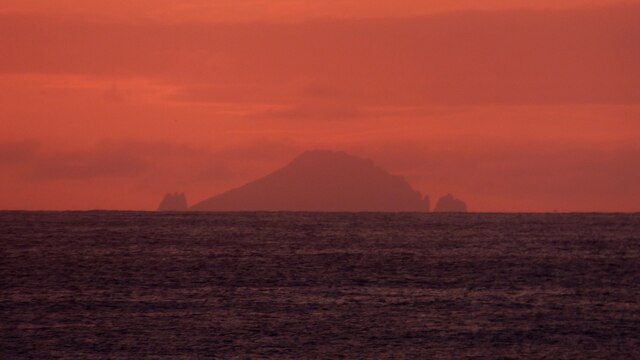
Hiort, also known as St. Kilda, is an archipelago located approximately 64 kilometers west of North Uist in the Outer Hebrides, Scotland. It is part of the Inverness-shire region and is recognized for its outstanding natural beauty and important cultural heritage.
The archipelago consists of four main islands: Hirta, Dun, Soay, and Boreray. Hirta, the largest island, is the only one inhabited by humans, with a population of around 9 people, as of 2021. The other islands are home to various species of seabirds, including puffins, gannets, and fulmars, making it a haven for birdwatchers and nature enthusiasts.
Hiort's remote location and rugged landscape attract adventure seekers and hikers who are eager to explore its dramatic cliffs, sea stacks, and breathtaking sea views. The highest point on the archipelago is Conachair, standing at 430 meters above sea level, offering panoramic vistas of the surrounding islands and the Atlantic Ocean.
The archipelago's cultural significance lies in its history as a remote Gaelic-speaking community that existed for thousands of years. Hiort played a pivotal role in the development of the island's unique traditions, agricultural practices, and social structures. In 1930, the remaining islanders were evacuated due to the harsh living conditions, and Hiort was abandoned. Today, it is a UNESCO World Heritage Site, preserving the cultural heritage and providing a glimpse into the island's history.
Visitors to Hiort can experience the island's rich history through guided tours, exploring the abandoned village, and learning about the challenges faced by its former inhabitants. The archipelago is accessible by boat from the mainland, and a visit to Hiort offers a truly unique and unforgettable experience in the remote wilderness of Inverness-shire.
If you have any feedback on the listing, please let us know in the comments section below.
Hiort Images
Images are sourced within 2km of 57.814359/-8.5813168 or Grid Reference NF0999. Thanks to Geograph Open Source API. All images are credited.
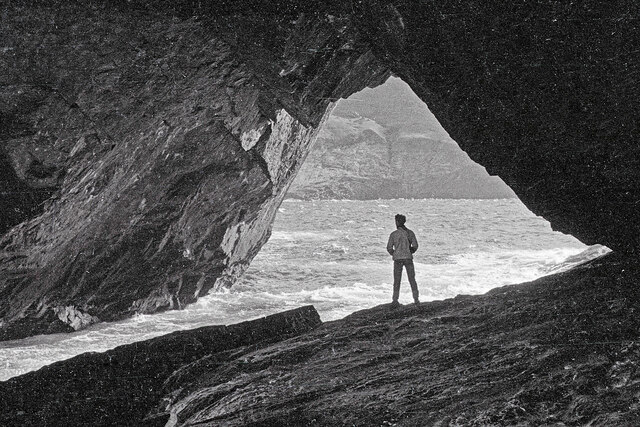
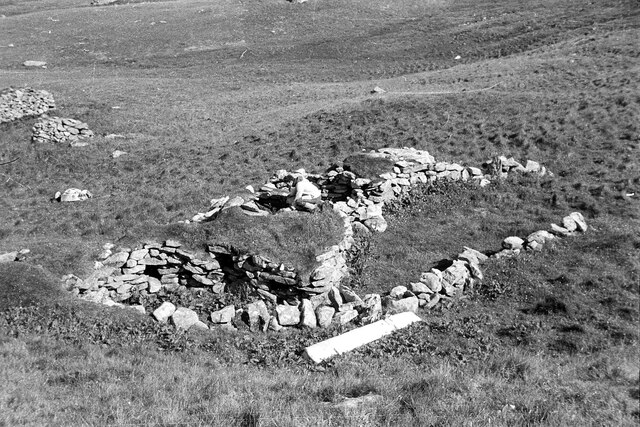
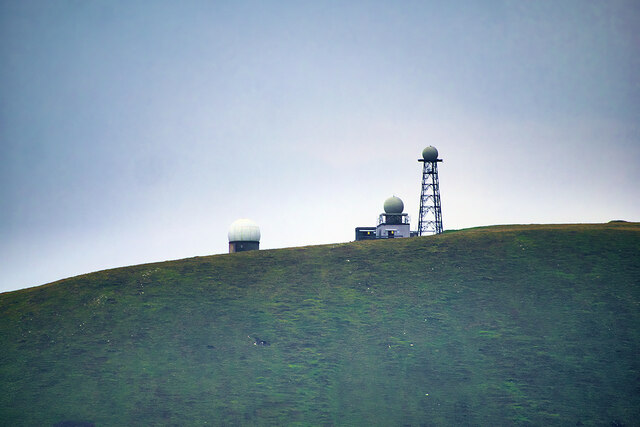
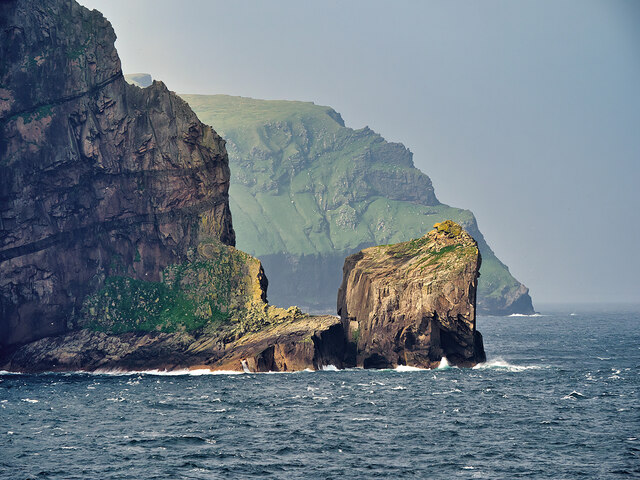
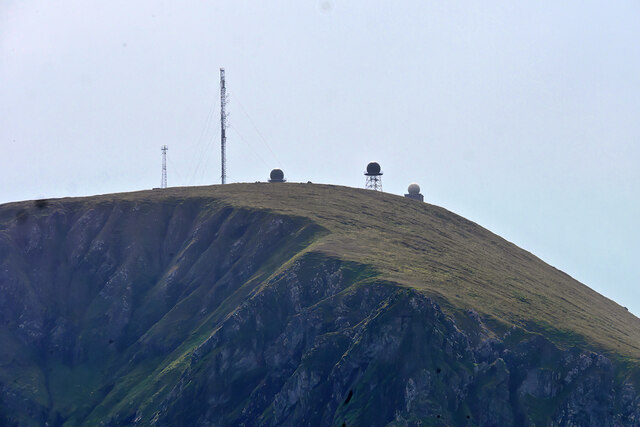
Hiort is located at Grid Ref: NF0999 (Lat: 57.814359, Lng: -8.5813168)
Unitary Authority: Na h-Eileanan an Iar
Police Authority: Highlands and Islands
Also known as: Hirta
What 3 Words
///stand.angel.unwraps. Near Balivanich, Na h-Eileanan Siar
Nearby Locations
Related Wikis
St Kilda, Scotland
St Kilda (Scottish Gaelic: Hiort) is an isolated archipelago situated 64 kilometres (40 mi) west-northwest of North Uist in the North Atlantic Ocean. It...
Hirta
Hirta (Scottish Gaelic: Hiort) is the largest island in the St Kilda archipelago, on the western edge of Scotland. The names Hiort (in Scottish Gaelic...
Dùn
Dùn is an island in St Kilda, Scotland. It is nearly 1 mile (1.6 kilometres) long. Its name simply means "fort" in Scottish Gaelic (for more information...
Stac Biorach
Stac Biorach (Scottish Gaelic: "the pointed stack") is a sea stack, 73 metres tall, situated between Hirta and Soay (in the "Sound of Soay") in the St...
Nearby Amenities
Located within 500m of 57.814359,-8.5813168Have you been to Hiort?
Leave your review of Hiort below (or comments, questions and feedback).
